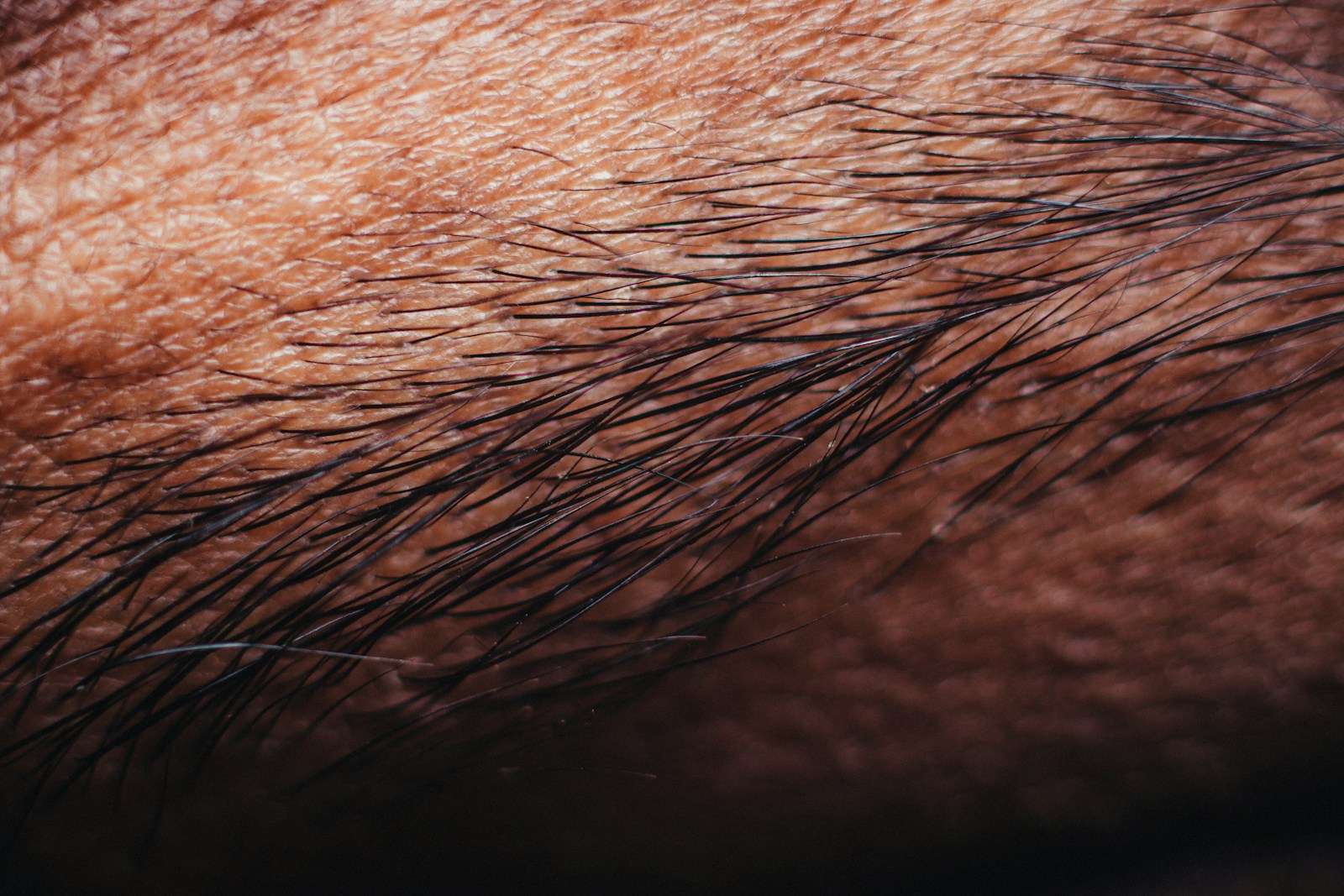Wound Care
After undergoing leg implant surgery, proper post-operative care is essential for healing and preventing complications. Here are some important instructions to follow:
İçindekiler
Cleaning and Dressing the Incision Site
- Gently cleanse the incision site with mild soap and warm water. Avoid scrubbing or rubbing the area to prevent irritation or damage to the wound.
- Pat the incision site dry using a clean towel or gauze. Do not use a hairdryer or any other heat source.
- Apply an antibiotic ointment as directed by your surgeon and cover the incision with a sterile dressing.
Changing Bandages and Dressings
- Change the bandages and dressings as instructed by your surgeon or healthcare provider. This is typically done every 24 to 48 hours.
- Wash your hands thoroughly before removing old dressings and applying new ones.
- Use clean, nonstick pads to cover the incision site, securing them with medical tape or a bandage wrap.
Preventing Infection
- Keep the incision area dry and avoid submerging it in water, such as baths or swimming pools, until cleared by your surgeon.
- Avoid scratching or picking at the incision site to prevent introducing bacteria.
- Watch for signs of infection, such as increased pain, redness, swelling, discharge, or fever. Contact your surgeon immediately if any of these symptoms occur.
By following these post-operative care instructions for leg implant surgery, you can promote healing and reduce the risk of complications. Remember to consult your healthcare provider if you have any concerns or questions throughout your recovery process.
Pain Management
Medications and Pain Relief
After undergoing a leg implant surgery, it's crucial to properly manage pain to ensure a smooth recovery. To alleviate discomfort, your doctor may prescribe pain medications, such as nonsteroidal anti-inflammatory drugs (NSAIDs) or opioids, depending on your specific case. It's important to take these medications as prescribed and communicate any concerns or side effects to your healthcare provider.
Managing Discomfort and Swelling
In addition to medications, there are several measures you can take to manage discomfort and reduce swelling after a leg implant surgery. Elevating your leg above heart level while resting can help reduce swelling. Applying ice packs wrapped in a cloth for 15-20 minutes every 2-3 hours can also be effective in alleviating pain and reducing inflammation. Wearing compression stockings as directed by your doctor can aid in reducing swelling as well.
Remember to follow your surgeon's post-operative care instructions closely for the best recovery outcome. If you have any questions or concerns during your recovery process, don't hesitate to contact your healthcare provider.
Mobility and Rehabilitation
After undergoing a leg implant surgery, it is essential to follow postoperative care instructions to ensure a smooth recovery and successful outcome. Here are some important points to keep in mind:
Using Assistive Devices (Crutches, Walker, etc.)
During the initial stage of recovery, you may need to use assistive devices such as crutches or a walker to support your weight and maintain stability. Follow the instructions provided by your healthcare professional on how to properly use these devices to avoid putting excessive strain on your leg implant.
Physical Therapy Exercises
Engaging in physical therapy exercises is crucial for regaining strength, flexibility, and mobility in your leg. Your healthcare professional will guide you through specific exercises that target the affected leg muscles and joints. Regularly performing these exercises will help expedite the healing process and enhance your overall recovery.
Gradual Increase of Weight-Bearing Activities
As you progress in your recovery, you will gradually increase weight-bearing activities on the implanted leg. However, it is important to do so under the guidance of your healthcare professional. They will advise you on when it is safe to put more weight on the leg and how to gradually increase the intensity of activities without jeopardizing your healing process.
Remember, always consult with your healthcare professional regarding any concerns or questions you have about your postoperative care instructions. By following these guidelines diligently, you can ensure a successful recovery and regain optimal functionality in your leg implant.
Dietary and Lifestyle Guidelines
After undergoing a leg implant surgery, it is crucial to follow proper post-operative care instructions to ensure a smooth recovery. Here are some essential guidelines to keep in mind:
Importance of a Balanced Diet
Maintaining a balanced diet is vital during the recovery process. It helps promote healing and provides the necessary nutrients your body needs. Include foods rich in protein, vitamins, and minerals to support tissue repair and strengthen your immune system.
Avoiding Certain Foods and Activities
During the recovery period, it's best to avoid foods that may cause inflammation or delay healing, such as processed foods, sugary snacks, and excessive alcohol consumption. Additionally, refrain from engaging in strenuous activities or movements that could strain the surgical area.
Maintaining Hygiene and Rest
Proper hygiene is essential to prevent any infections. Keep the surgical site clean and dry, following your surgeon's instructions for wound care. Additionally, ensure you get enough rest and elevate your leg as recommended to reduce swelling and aid in the healing process.
Remember, always consult with your healthcare provider for personalized post-operative care instructions specific to your condition.
Signs of Complications
After undergoing leg implant surgery, it's essential to closely monitor your post-operative recovery to ensure a successful outcome. Here are some signs of complications that you should be aware of:
Identifying Red Flags
-
Infection: Look out for excessive swelling, redness, pus, or warmth around the incision site. Additionally, if you experience fever, chills, or increased pain, these could be signs of an infection.
-
Bleeding: While some bleeding is normal immediately after surgery, excessive or uncontrolled bleeding should be addressed promptly.
-
Poor healing: If you notice delayed wound healing, open wounds, or persistent drainage from the incision site, it may indicate a problem with the healing process.
When to Seek Medical Attention
If you experience any of the above symptoms or have concerns about your post-operative recovery, it's crucial to seek medical attention immediately. Don't hesitate to contact your healthcare provider for further evaluation and guidance. Remember, timely intervention can prevent potential complications and ensure a smooth healing process.




